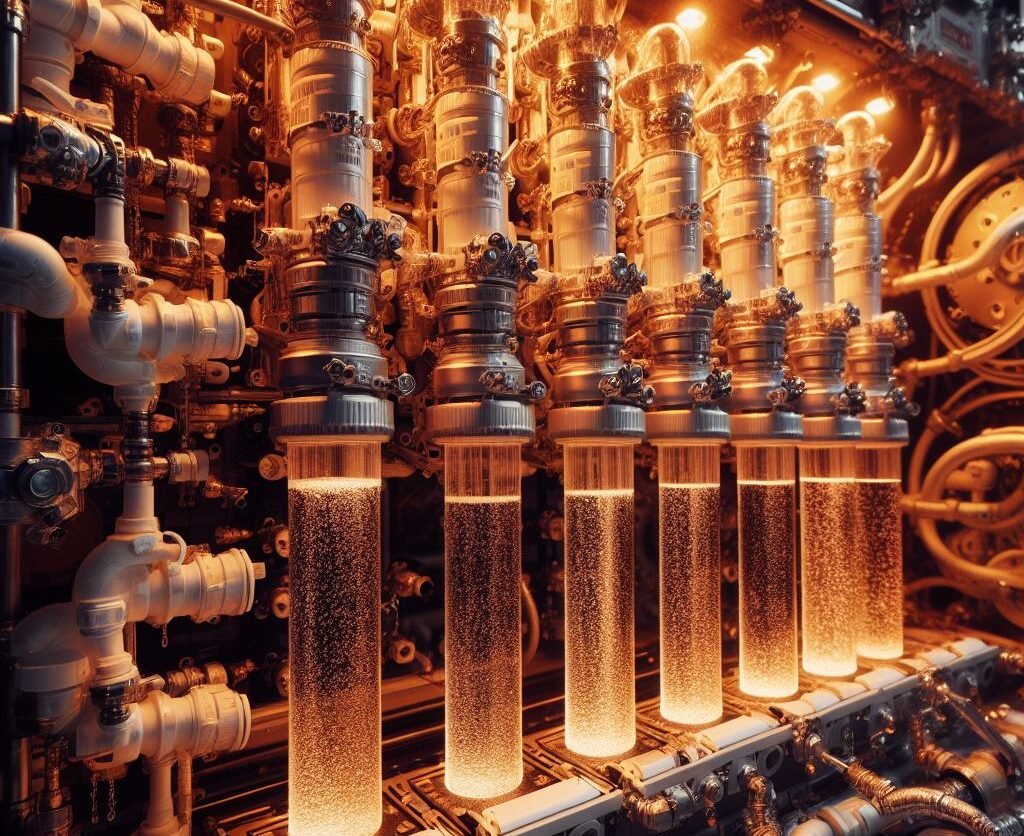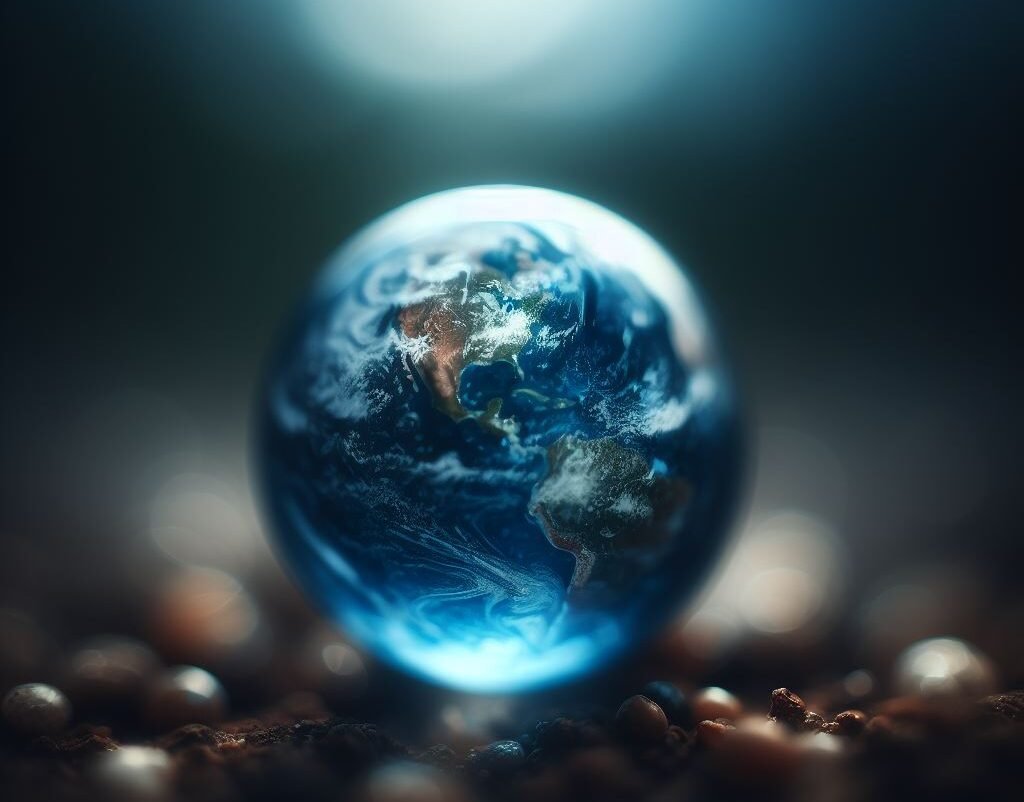In an era focused on environmental sustainability, one of the most pressing global issues is the availability of clean water. Despite being a fundamental necessity, millions around the world struggle to access this vital resource daily. Interestingly, space science technology and research are offering innovative solutions to this age-old problem. This article explores how advancements in space science labs are paving the way for a future where clean water could be accessible to all, addressing key concerns and providing insights into water conservation and quality improvement.
How Can We Solve the Water Storage Problem?

The challenge of water storage is twofold: not only do we need to store large quantities of water, but we also need to ensure that this water remains clean and accessible. Space science research has introduced us to materials and technologies that can revolutionize how we approach this issue. For example, super-absorbent polymers developed for space agriculture could be adapted to create more efficient water reservoirs on Earth. These materials can absorb and retain exceedingly large amounts of a liquid relative to their mass.
Additionally, satellite technologies allow us to monitor and manage water resources more effectively. By using data collected from space, we can predict droughts, monitor water levels in reservoirs, and manage water distribution to minimize waste. This data-driven approach ensures that water storage facilities are refilled or conserved as necessary, reducing the risk of shortages.
Is There a Global Water Crisis?
Yes, according to the UN, 2.2 billion people lack safe drinking water and 4.2 billion lack proper sanitation. The crisis involves scarcity, access, pollution, and inefficiency, worsened by climate change, which affects weather patterns and water availability, leading to droughts and floods that damage infrastructure and contaminate water.
This crisis requires innovative solutions, like those from space technology. Water recycling systems from the International Space Station show how to purify and reuse water efficiently. Adapting these technologies on Earth could greatly improve water use and safety, helping to alleviate the global water crisis.
How Can We Improve the Quality of Water?
Improving water quality is essential for health, economic growth, and ecosystem stability. Space technology provides unique solutions, like compact and energy-efficient water purification systems used in space missions. These systems, which turn wastewater into drinkable water using filtration and UV radiation, could be applied in remote or underserved areas on Earth.
Moreover, satellites equipped with environmental monitoring instruments play a vital role in identifying pollution sources in bodies of water. By identifying areas with high pollutant levels, efforts can be more effectively targeted to prevent contamination at the source and enhance water quality.
How Much Water is Wasted Every Day?
Globally, billions of gallons of water are wasted daily due to leaks, inefficient irrigation, and industrial water disposal. In households, simple leaks can waste up to 900 billion gallons of water annually in the United States alone. Agriculture, being the largest consumer of water worldwide, also contributes significantly to water waste, primarily through inefficient irrigation methods.
Space technology, particularly satellite imaging and remote sensing, can identify inefficient water use and leakage in urban and rural areas. Integrating these technologies with smart irrigation and infrastructure monitoring can dramatically reduce daily water waste.
What is a Fun Fact about Water?

Water is remarkable, and a fun fact is that the water molecules in a glass could have once been part of the ocean, a cloud, or even a dinosaur! Water on Earth is constantly moving through the hydrological cycle, which includes evaporation, condensation, precipitation, and runoff. This cycle is ancient, meaning that water molecules are recycled over and over, across millions of years. So, the next time you take a sip of water, consider the incredible journey those molecules have been on.
How Can We Reuse Water?
Reusing water, also known as water recycling or water reclamation, is critical for conserving this precious resource. Techniques developed for space missions, where every drop of water must be recycled, offer valuable lessons for Earth. For instance, greywater (wastewater generated from domestic activities such as laundry, dishwashing, and bathing) can be treated and reused for non-potable purposes like irrigation and flushing toilets.
Advanced treatments like membrane bioreactors and constructed wetlands not only purify water for reuse but also enhance water sustainability. Adopting these methods on a larger scale can significantly reduce the strain on freshwater supplies.
Atmospheric Water Generation: A Space Science-Inspired Solution
Another promising space science innovation for providing clean water on Earth is atmospheric water generation (AWG) technology, originally developed for potential use in extraterrestrial colonies on Mars or the Moon. This technology extracts water from the atmosphere and could be especially useful in arid, humid regions on Earth where water is scarce.
Application on Earth
Implementing this technology on Earth has the potential to revolutionize water access in several ways:
Drought Relief: In areas suffering from drought, AWG can supplement dwindling water supplies by extracting moisture from the air.
Emergency Water Supply: Following natural disasters that disrupt water supply infrastructure, portable AWG units can quickly provide access to clean water.
Reducing Dependence on Groundwater: In regions over-reliant on groundwater, AWG offers an alternative source, helping to alleviate the stress on aquifers and reduce land subsidence.
Advancements and Efficiency
The challenge with AWG technology has historically been its energy consumption, as the process of condensing water from the air requires significant power. However, space research is contributing to making these systems more energy-efficient. Solar-powered AWG units are one such development, combining solar energy technology with AWG to create a sustainable system that can operate off-grid, making it ideal for remote locations.
Conclusion
The path to solving the global water crisis is complex, but space technology equips us to tackle it more effectively. Innovations from space research, like advanced water recycling, efficient storage, and satellite monitoring, suggest a future where clean water is accessible to all. These advancements can transform water management on Earth and highlight the crucial role of space exploration in solving global problems.
Call to Action
The global water crisis requires immediate and collective action. Governments, industries, communities, and individuals must come together to implement and support the solutions available to us. Whether it’s adopting water-saving technologies in our homes, supporting policies that protect and conserve water resources, or investing in innovative technologies that improve water quality and distribution, every action counts.
Let’s take inspiration from the advancements made in space science labs and apply these lessons to our water management practices on Earth. By doing so, we can ensure a sustainable and water-secure future for the generations to come. Advocate for change, support sustainable practices, and be part of the solution. Together, we can turn the tide on the water crisis and forge a path to a cleaner, more sustainable world.






